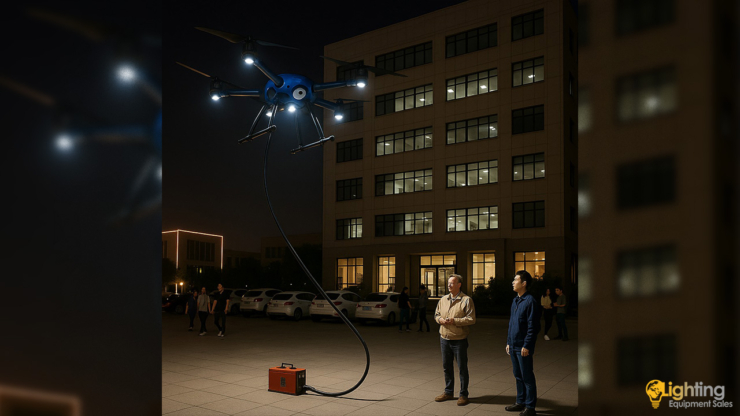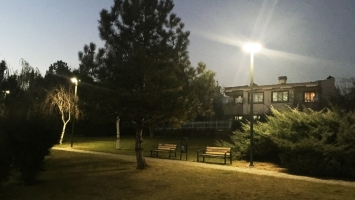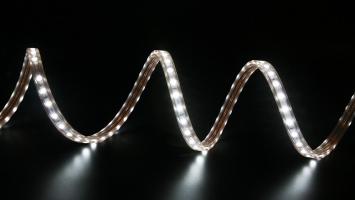
What is a Tethered Lighting Drone?
Tethered Lighting Drones are rotary-wing aerial vehicles that operate by being connected to a power source via a cable, providing highly efficient illumination of large and dark areas. Without battery limitations, they can operate continuously within the cable’s reach. Thanks to this feature, they are ideal for long-duration operations.
How Does a Tethered Lighting Drone Work?
Tethered lighting drones remain constantly connected to a ground power source via a cable, supplying them with uninterrupted energy. This connection allows them to stay airborne for extended periods while delivering high-performance lighting.
The ground power station converts grid voltage into high-voltage direct current (DC), which is transmitted to the drone via a lightweight cable. Onboard LED lighting and other electronic systems are powered through a DC-DC converter.
These drones are equipped with high-power LED lights that offer high light output with low energy consumption. Thanks to these features, they are highly effective in night operations and for illuminating dark areas.
Advantages of Tethered Lighting Drones
Since tethered lighting drones draw power directly from a ground station, they do not require batteries. This ensures uninterrupted power and continuous operation during long missions.
With their powerful LED lighting and constant energy supply, they can illuminate large areas effectively and for extended periods. Moreover, the cable system enhances both the drone’s stability and safety by easily adapting to challenging field conditions.
Eliminating the need for batteries significantly reduces operational costs and maintenance expenses, making them highly cost-efficient.
Applications of Tethered Lighting Drones
Tethered lighting drones are widely used in the following areas:
- Search and rescue operations: Providing effective illumination at incident sites and supporting nighttime missions.
- Construction and road projects: Creating safe working environments during nighttime operations.
- Firefighting and emergency response: Illuminating fire scenes and improving the safety of intervention teams.
- Traffic accidents and roadworks: Enhancing road safety and enabling quick response.
- Film production and photography: Delivering high-brightness lighting for night scenes.
- Sports events: Lighting up fields during nighttime activities.







COMMENTS
MAKE A COMMENT